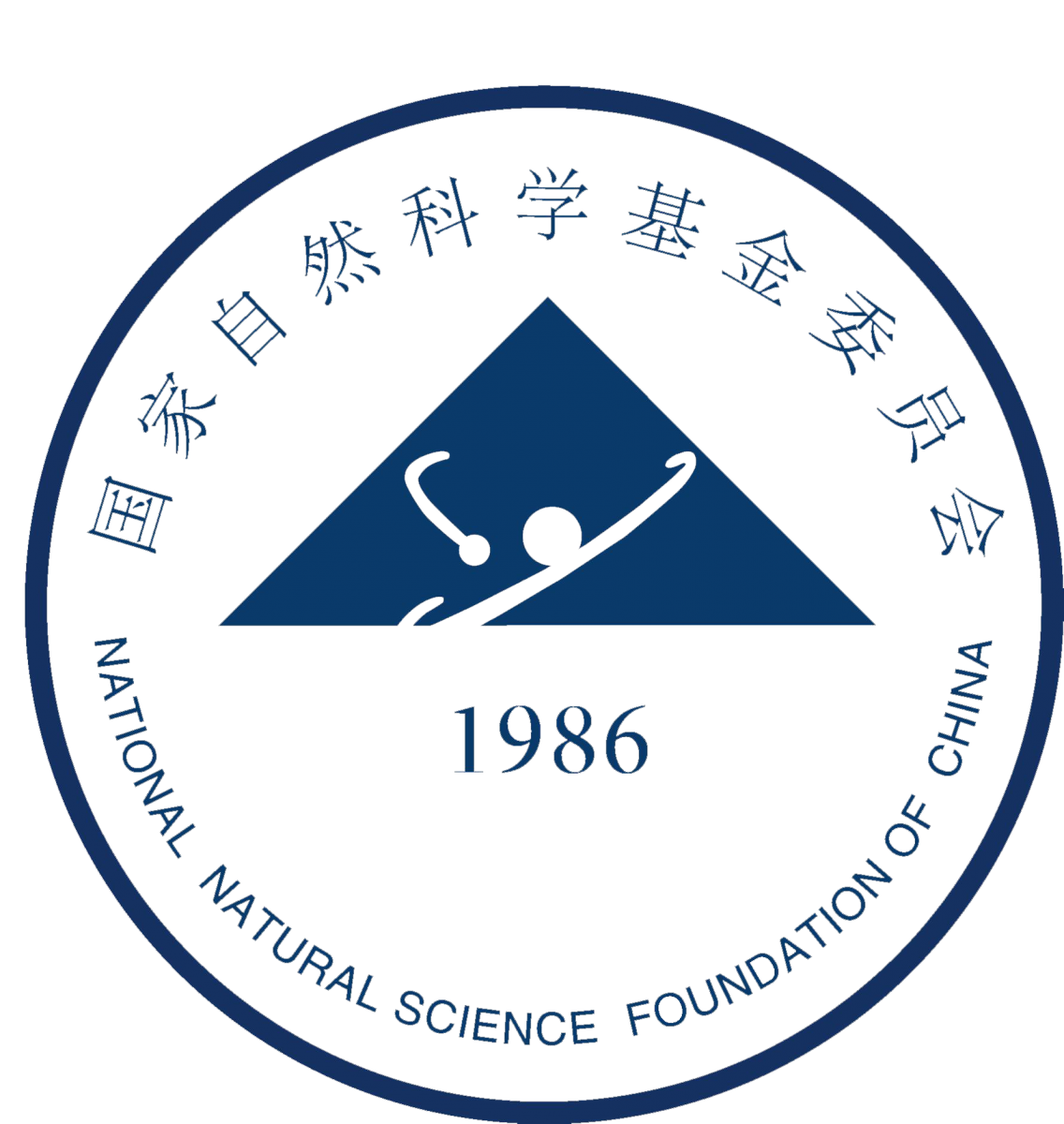Address
Institute of Crop Sciences / Institute of Bioinformatics, Zhejiang University.
Any questions?
Please contact Fan's lab, qinjiechu@zju.edu.cn
Supported by


Manual of PlantcircBase
For each entry in PlantcircBase, a list of items have been displayed. The table following describes the detail meaning of each item.
| circRNA ID | ID of circRNA in PlantcircBase. It contains four parts with the formula "X_circ_Y.Z". X and Y represents the parental gene and the type of the circRNA, respectively. Z is a number showing that it is the Zth circRNA from the locus. "circ" represents circRNA. |
| Alias | Name of the circRNA used in other papers. |
| Organism | The organism from which the circRNA was identified. |
| Position | The exact genomic position of the circRNA, including chromosome, start site and end site (1-based). |
| Reference genome | The version of the reference genome used in PlantcircBase. |
| Type | Type of circRNA based on its genomic position. |
| Identification method | Bioinformatics tools used to identified circRNA. |
| Parent gene | The host gene from which the circRNA is derived. |
| Parent gene annotation | The annotation of the host gene based on the genome version used in PlantcircBase. |
| Parent gene strand | The strand on which the host gene resides. |
| Alternative splicing | In this study, circRNAs with overlapping sequences are considered as alternatively spliced isoforms. In Arabidopsis thaliana, if the length of circRNA is larger than 1000bp, alternative splicing circRNAs won't be presented here beause of the large number of alternative splicing circRNAs. |
| Splice junction sequence | Sequences showing in upper and lower cases represent the two sides of a back-splicing site. |
| Support reads | The total number of reads that support the junction of the circRNA. The supporting reads in different tissues (experiments) are separated by "/". |
| Tissues | Indicating the tissue from which the circRNA was identified. Tissues used in different experiments were separated by "/" based on the order of supporting reads showing in the previous item. |
| Exon boundary | It shows whether the splicing sites are on the boundary of exons or not. For example, "Yes-No" represents the donor splicing site is on the exon boundary and the accepter is not on the exon boundary. |
| Splicing signals | The splicing signals of the circRNA. For example, "AG-GT" represents that the donor and the accepter splicing signal is "AG" and "GT", respectively. |
| Sanger sequencing for BSS | Sanger sequencing for back-splicing site (BSS) validation. "Yes" represents Sanger sequencing has been performed to valid the back-splicing site, "No" represents the opposite, "NA" represents "not available". |
| PCR primers for BSS | PCR primers used in back-splicing site (BSS) validation. |
| Assembled circRNA sequence | The sequence of a circRNA based on assembly using circseq-cup (Ye et al., 2016) or CIRI-full (Zheng and Zhao, 2018) or Sanger sequencing. |
| Sanger sequencing for FL | Sanger sequencing for full-length (FL) sequence validation of circRNAs. "Yes" represents Sanger sequencing has been performed to valid the full-length of circRNA, "No" represents the opposite. |
| PCR primers for FL | PCR primers used in full-length (FL) sequence validation. |
| Genomic sequence | Genomic sequence of the circRNA. If the length of genomic sequence is over than 20kb, the sequence won't be presented here. |
| Number of exons covered | The number of exons that cover the genomic sequence of the circRNA. |
| Conserved circRNAs | Conserved circRNAs in other plants based on their back-splicing sequence similarity and parent genes. |
| Coding potential | Coding potential of circRNA |
| Potential coding position | Potential coding position of circRNA |
| Potential amino acid sequence | Potential amino acid sequence of circRNA |
| Sponge-miRNAs | miRNAs that are predicted to bind the circRNA (in other words, the circRNA acts as a potential miRNA sponge). Only the top three miRNAs of a circRNA are listed here if more than three are predicted. |
| circRNA-miRNA-mRNA network | Visualization of circRNA-miRNA-mRNA network |
| Reference | The study in which the circRNA was first reported. |
There are still some pionts should be paid attention to:
(1) For the condition that we didn't collect or generate the exact information of some items listed above, "NA" will be used, which means "not available".
(2) Some genomic sequences of circRNA is quite long (over 20kb). For these circRNAs, genomic sequence are not presented.
(3) The genome version of each organism that used to predict target mRNAs of miRNAs are: transcript, MSU Rice Genome Annotation, version 7 (Oryza sativa), transcript, TAIR 10 (Arabidopsis thaliana), transcript, AGPv3.22 (Zea mays), transcript, v2.4 (Solanum lycopersicum ), unigene, DFCI Gene Index (HVGI), version 12 (Hordeum vulgare), respectively.